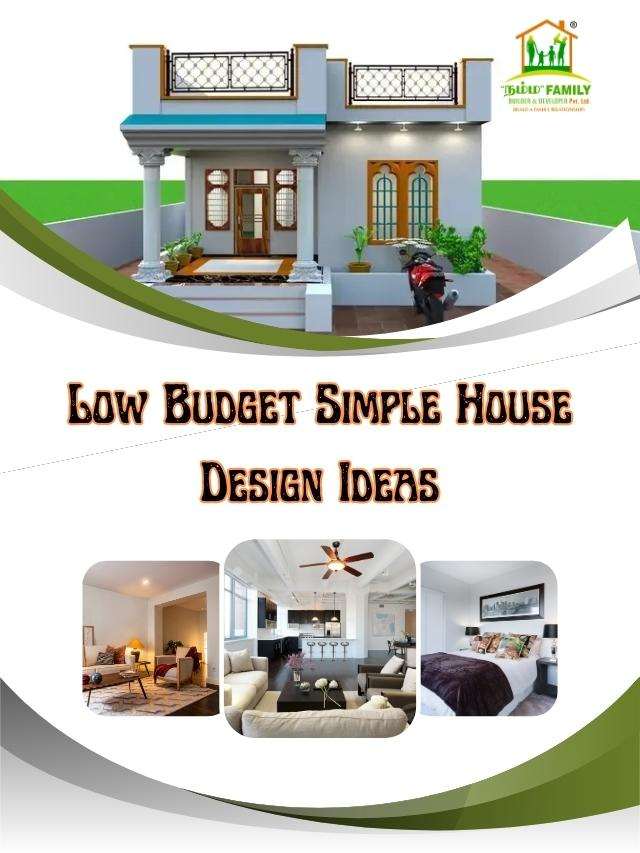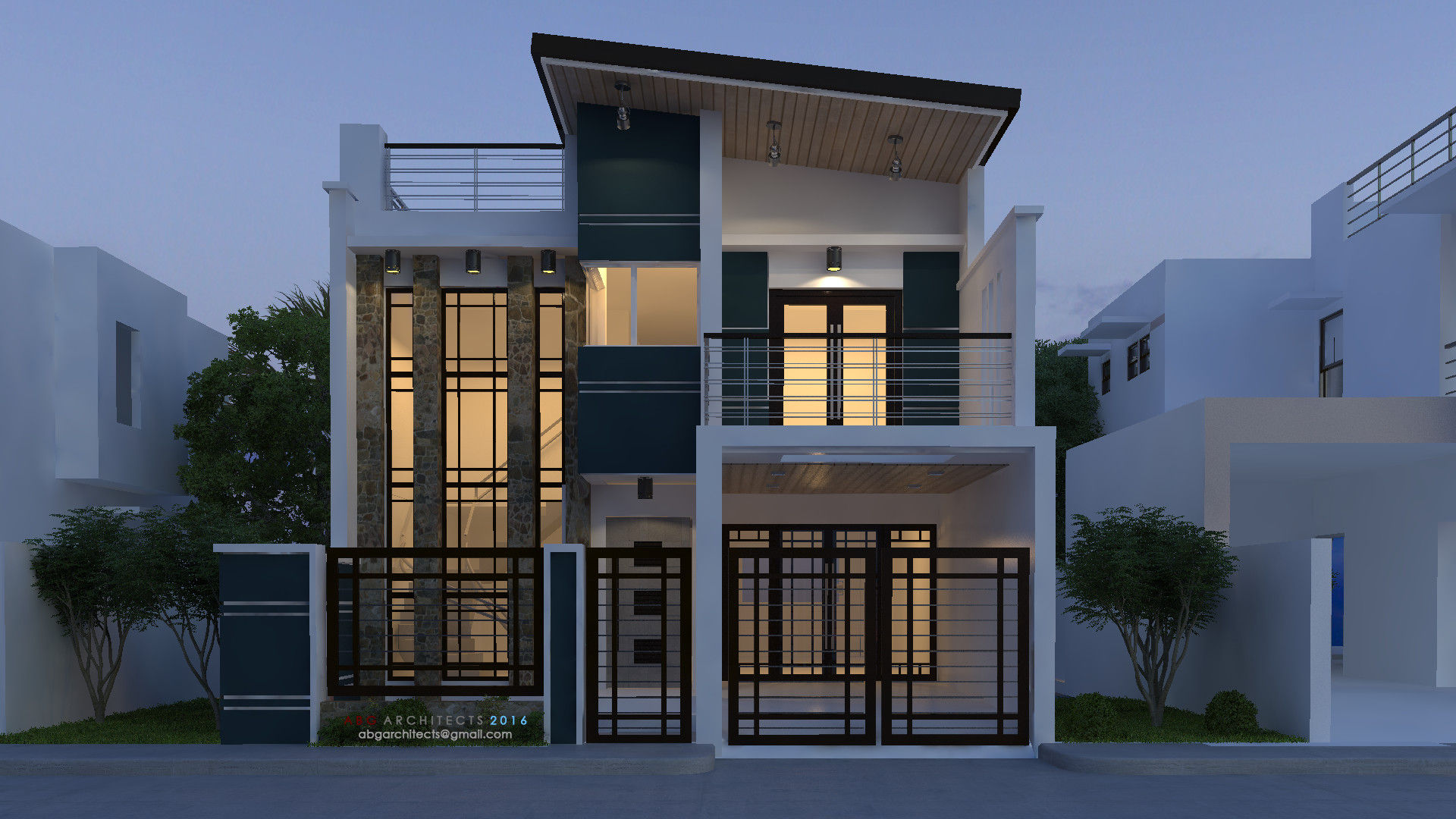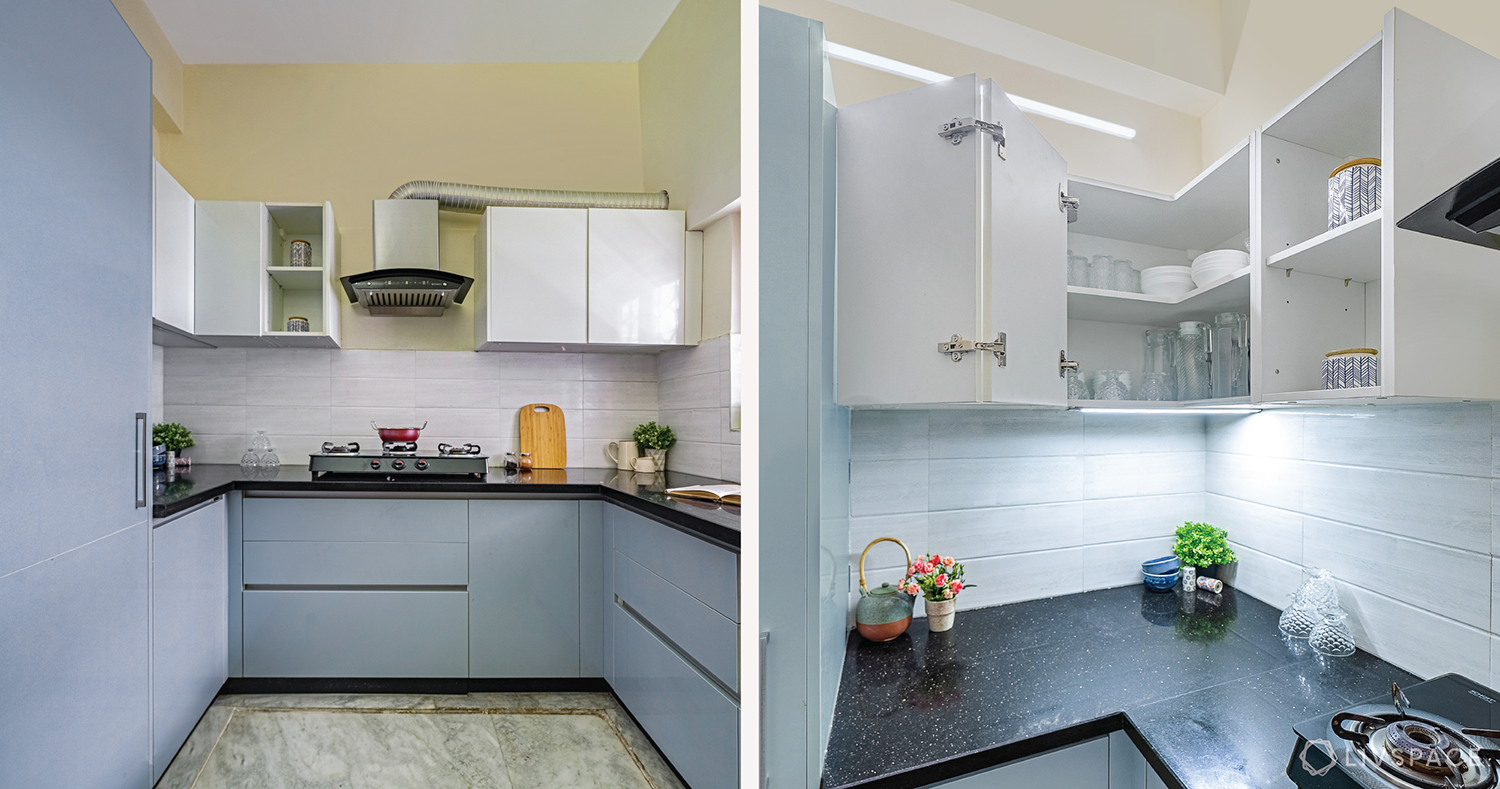Simple House Design Ideas on a Budget
Dreaming of a beautiful home but working with a limited budget? Don't despair! Achieving a stylish and functional living space doesn't require breaking the bank. This comprehensive guide explores simple house design ideas on a budget, offering practical strategies and creative solutions to transform your home without compromising on aesthetics or comfort. We'll delve into various aspects of design, from maximizing space and choosing cost-effective materials to employing clever DIY techniques and prioritizing essential features. Let's build your dream home, affordably!

Maximizing Space: Clever Layout and Design Techniques
Efficient space planning is paramount when working with a limited budget. A well-designed layout can make a small space feel significantly larger and more functional. Avoid unnecessary hallways and focus on an open-plan design wherever possible to create a sense of spaciousness. Consider incorporating multi-functional furniture pieces, such as sofa beds or ottomans with storage, to optimize space and enhance practicality.

Here are some key strategies for maximizing space:
* Open-plan living: Combine your kitchen, dining, and living areas to create a sense of spaciousness and flow.
* Vertical storage: Utilize vertical space with tall bookshelves, wall-mounted cabinets, and lofted beds.
* Built-in storage: Incorporate built-in storage solutions, such as under-stair cupboards or custom shelving, to maximize storage capacity without cluttering the floor space.
* Mirrors: Strategically placed mirrors can create the illusion of more space by reflecting light and expanding the visual perception of a room.
* Light colors: Opt for light and neutral colors on walls and floors to make rooms appear larger and brighter.
Choosing Cost-Effective Materials: Balancing Quality and Affordability
Selecting the right materials is crucial for staying within your budget without sacrificing quality. While high-end materials can be tempting, many affordable alternatives offer comparable aesthetics and durability. Prioritize practicality and longevity when making your choices. Consider using reclaimed or recycled materials to reduce costs and contribute to sustainability.

Here are some smart material choices:
1. Engineered wood: A cost-effective alternative to solid hardwood, engineered wood offers excellent durability and stability.
2. Laminate flooring: Durable, easy to clean, and available in various styles, laminate flooring is a budget-friendly choice for flooring.
3. Ceramic tiles: Ceramic tiles are a versatile and durable option for both floors and walls, offering a wide range of colors and patterns at various price points.
4. Recycled materials: Incorporate reclaimed wood, salvaged bricks, or repurposed furniture to add character and reduce costs.
5. Paintable surfaces: Opt for paintable surfaces, like MDF or plywood, for cabinetry and trim to easily update the look with a fresh coat of paint.
Prioritizing Essential Features: Focusing on Functionality
When designing on a budget, it's essential to prioritize essential features over non-essential ones. Focus on creating a functional and comfortable living space that meets your needs, rather than striving for every luxury item. Consider what aspects of your home are most important to you and allocate your resources accordingly.

Here's how to prioritize:
* Efficient kitchen layout: Prioritize a functional kitchen layout with ample counter space and storage. Consider a galley kitchen or L-shaped layout for smaller spaces.
* Comfortable bathroom: Ensure your bathroom is functional and comfortable with adequate storage and a well-designed layout.
* Adequate natural light: Maximize natural light to create a bright and airy atmosphere. Consider large windows and skylights where feasible.
* Energy-efficient appliances: Investing in energy-efficient appliances can help reduce utility bills in the long run.
* Durable fixtures and fittings: Choose durable fixtures and fittings that will withstand daily use and require minimal maintenance.
Embracing DIY Projects: Saving Money and Adding Personal Touches
DIY projects can significantly reduce construction and renovation costs. Many tasks, such as painting, tiling, or installing shelving, can be accomplished with a little effort and the right tools. Not only will you save money, but you'll also add a personal touch to your home, reflecting your unique style and preferences.

Here are some DIY ideas:
* Painting walls and trim: Refreshing the paint color is one of the easiest and most cost-effective ways to transform a room.
* Installing shelving: Building and installing shelves is a relatively simple DIY project that can significantly increase storage space.
* Creating custom window treatments: Sew curtains or blinds to add a personal touch and save money on ready-made options.
* Building simple furniture: Basic furniture pieces like coffee tables or bookshelves can be built from affordable materials.
* Landscaping: Simple landscaping projects, such as planting trees or creating a flower bed, can enhance curb appeal without significant expense.
Simple House Design Ideas on a Budget: A Holistic Approach
Creating a beautiful and functional home on a budget requires a holistic approach. By combining smart planning, cost-effective material selection, prioritizing essential features, and embracing DIY projects, you can achieve your dream home without compromising on style or comfort. Remember, thoughtful design and creativity can go a long way in transforming a space, regardless of budget constraints. Focus on creating a space that reflects your personality and enhances your lifestyle.
